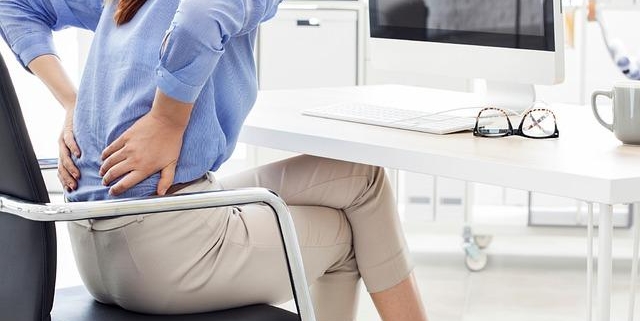
Treatment Guidelines for Low Back Pain
Overview
Low back pain is a widespread affliction affecting individuals of all ages across the globe. It is a major cause of disability, giving rise to both physical and psychological discomfort. Low back pain typically affects the lumbar region of the body, which is the area below the rib cage.
Types
Two primary forms of low back pain exist:
1. Acute Low Back Pain: This form lasts for less than six weeks and generally improves with basic self-care practices.
2. Chronic Low Back Pain: This is a more severe, prolonged type that lasts for more than three months.
Causes
Numerous factors can contribute to low back pain, including:
– Muscular strains or ligament sprains
– Degenerative disc disease
– Herniated or slipped discs
– Spinal stenosis
– Arthritis
– Poor postural habits
Certain risk factors also increase the likelihood of developing low back pain like old age, genetics, sedentary lifestyle, and obesity.
Symptoms
Symptoms associated with low back pain vary, but may include the following:
– Persistent aching or stiffness
– Sharp, localized pain
- Pain accompanying movement or lifting objects
– Difficulty standing with good posture
Diagnosis
Low back pain diagnosis typically involves:
– A detailed Patient History: The doctor may ask about past injuries, illnesses, and current symptoms.
– Physical Examination: This usually includes palpitation of the affected area and tests to assess flexibility, muscle strength, and nerve functioning.
– Diagnostic Tests: These may include X-rays, MRI, or CT scans, which can help to identify any underlying conditions causing the pain.
Treatment Options
Treatment for low back pain broadly includes two categories: conservative and surgical interventions.
Conservative treatments include:
– Application of heat or cold
– Over-the-counter pain relievers
- Physiotherapy exercises
– Lifestyle modifications
In cases when conservative treatments fail, surgical interventions may be necessary, such as:
– Lumbar disc replacement
– Spinal fusion
– Discectomy
Living With Treatment Guidelines for Low Back Pain
Living with the guidelines of low back pain treatment can significantly enhance one’s quality of life. Some practical tips include:
– Regular Exercise: Engage in activities which strengthen your back muscles, like swimming, walking or yoga.
– Proper Posture: Pay attention to posture while sitting, standing, or lifting objects.
– Healthy Weight: Maintaining a healthy weight reduces undue stress on your lower back.
– Regular Breaks: When working for long periods, take frequent breaks to move around and stretch your body.
– Quit Smoking: Smoking decreases blood flow, deterring the healing process and worsening back pain.
When to Seek Help
Seek immediate medical attention if your low back pain:
– Is severe or not improving with rest
– Spreads down one or both legs
– Accompanies weight loss
– Occurs with bladder or bowel issues
– Comes with a fever
Remember, low back pain is a common problem, but it doesn’t have to be a constant in your life. An early diagnosis and appropriate treatment can significantly alleviate symptoms and improve quality of life.
